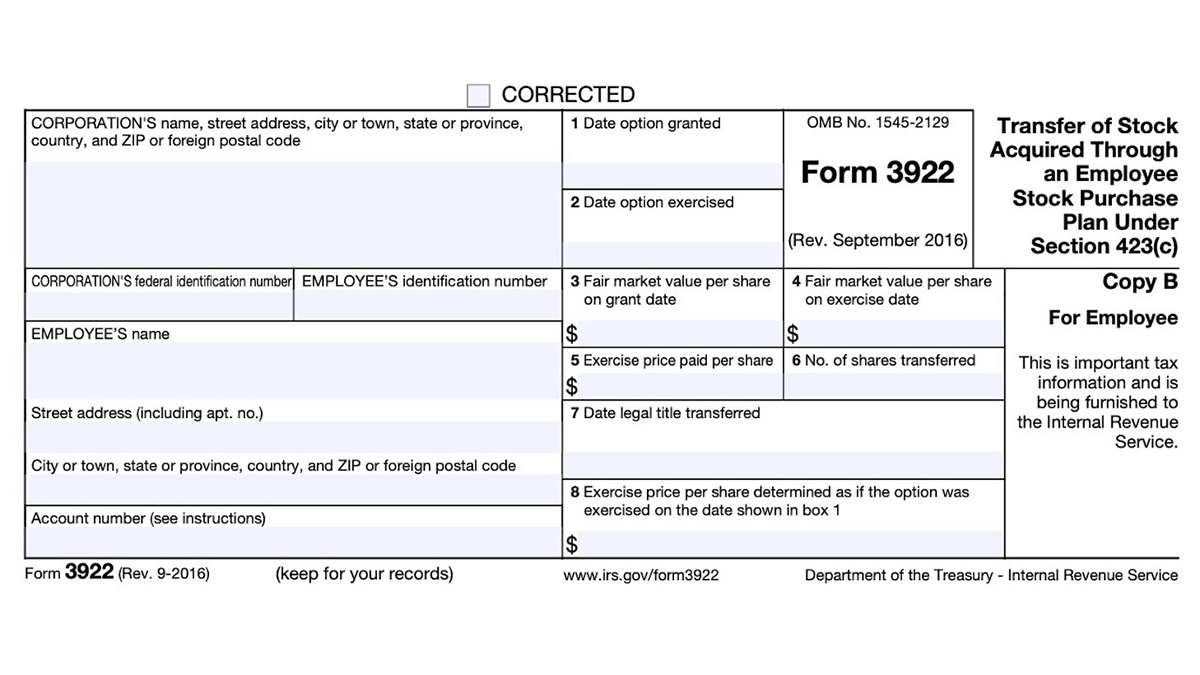Home>Finance>Bear Steepener Definition And Overview With Example


Finance
Bear Steepener Definition And Overview With Example
Published: October 15, 2023
Want to understand the Bear Steepener in finance? Learn its definition, explanations, and see an example, all in this comprehensive overview.
(Many of the links in this article redirect to a specific reviewed product. Your purchase of these products through affiliate links helps to generate commission for LiveWell, at no extra cost. Learn more)
Bear Steepener Definition and Overview With Example: Understanding the World of Finance
Welcome to our finance blog, where we provide valuable insights and explanations on various financial concepts. In this post, we will delve into the intriguing realm of bear steepener, a term that holds significance in the world of finance and investments. If you’ve ever wondered what bear steepeners are, how they work, and why they matter, you’ve come to the right place!
Key Takeaways:
- A bear steepener is a yield curve that steepens due to rising short-term interest rates or falling long-term interest rates.
- It often indicates market expectations of economic slowdown or recession, influencing investment strategies.
Before we dive into the details, let’s answer a crucial question: What is a bear steepener? Well, a bear steepener is a yield curve that occurs when short-term interest rates increase or long-term interest rates decrease, causing the gap between short-term and long-term rates to widen. It is called a “bear” steepener because it typically reflects a pessimistic economic outlook, with the term “bear” representing a declining market.
A bear steepener suggests that market participants anticipate an economic slowdown or a potential recession. This expectation prompts them to demand lower yields for long-term investments, thus driving down long-term interest rates. Conversely, the rising short-term interest rates are often a result of central bank actions to combat inflationary pressures or restrict excessive borrowing.
Let’s illustrate the concept with an example. Suppose an investor purchases a 10-year government bond with a fixed interest rate of 3%. A year later, the central bank increases short-term interest rates due to inflation concerns. As a result, the market interest rates for new bonds rise above 3%. Now, if our investor decides to sell the 10-year bond before maturity, potential buyers can acquire new bonds with higher yields. Therefore, the demand for the existing bond with a fixed 3% rate decreases, causing its value to decline.
When investors observe a bear steepener yield curve, they consider adjusting their investment strategies accordingly. Some potential actions in response to a bear steepener include:
- Shifting investments from long-term bonds to short-term bonds or cash equivalents to mitigate potential losses.
- Looking for opportunities to invest in assets that benefit from a declining market, such as certain commodities or short-selling strategies.
- Reassessing the risk exposure of their portfolios and diversifying into areas that may perform well during a slowdown.
- Monitoring economic indicators closely to stay informed about potential changes in market conditions and adjust investment decisions accordingly.
Understanding bear steepeners and their implications can provide valuable insights for investors and financial professionals. By closely following yield curves and market expectations, one can be better prepared to navigate the ever-changing landscape of finance.
In conclusion, a bear steepener is a yield curve that steepens due to rising short-term interest rates or falling long-term interest rates. It signals a pessimistic economic outlook and influences investment strategies. Recognizing the impact of bear steepeners and staying informed about market dynamics are crucial for making informed financial decisions. Stay tuned for more engaging and educational articles on various finance-related topics!














